Have you taken a selfie lately and been compelled to swipe through the filters to find the perfect one that gives you that extra glow?
Well, it’s safe to say that filters have revolutionalized the selfie game. In fact, 87% of teens aged 13-21 use a filter on social media.
So what’s drawing teens so strongly to alter their images online? What does this mean for teens of today and their mental health? And are all filters bad, or is there another side that we’re not seeing?
Let’s break down everything you need to know about social media filters.
What is a social media filter?
Social media filter (n.): An in-camera photo editing effect that can be applied to images before or after the photo is shot, found on each social media app and sometimes referred to as augmented reality (AR).
Filters began long before social media. Remember the front camera mirror and distorting effect that captivated young teens back in 2012? Well, these harmless editing effects have evolved into something a lot bigger, and potentially dangerous, thanks to the birth of social media.
Selfie filters, the social media filters we’re referring to, first came to light on Snapchat in 2015 as one of the main unique features drawing users to the platform. But what started as innocent doggy ears and stuck-out tongues has now evolved into a sophisticated AI that’s made it impossible to discern what’s real and what’s not — in the form of the infamous ‘beauty filters’.
Nearly 1 in 5 teens use a beauty filter on every post. Beauty filters are specifically designed to add make-up, remove blemishes, and change facial features to make you look more ‘beautiful,’ often appealing more to girls than boys.
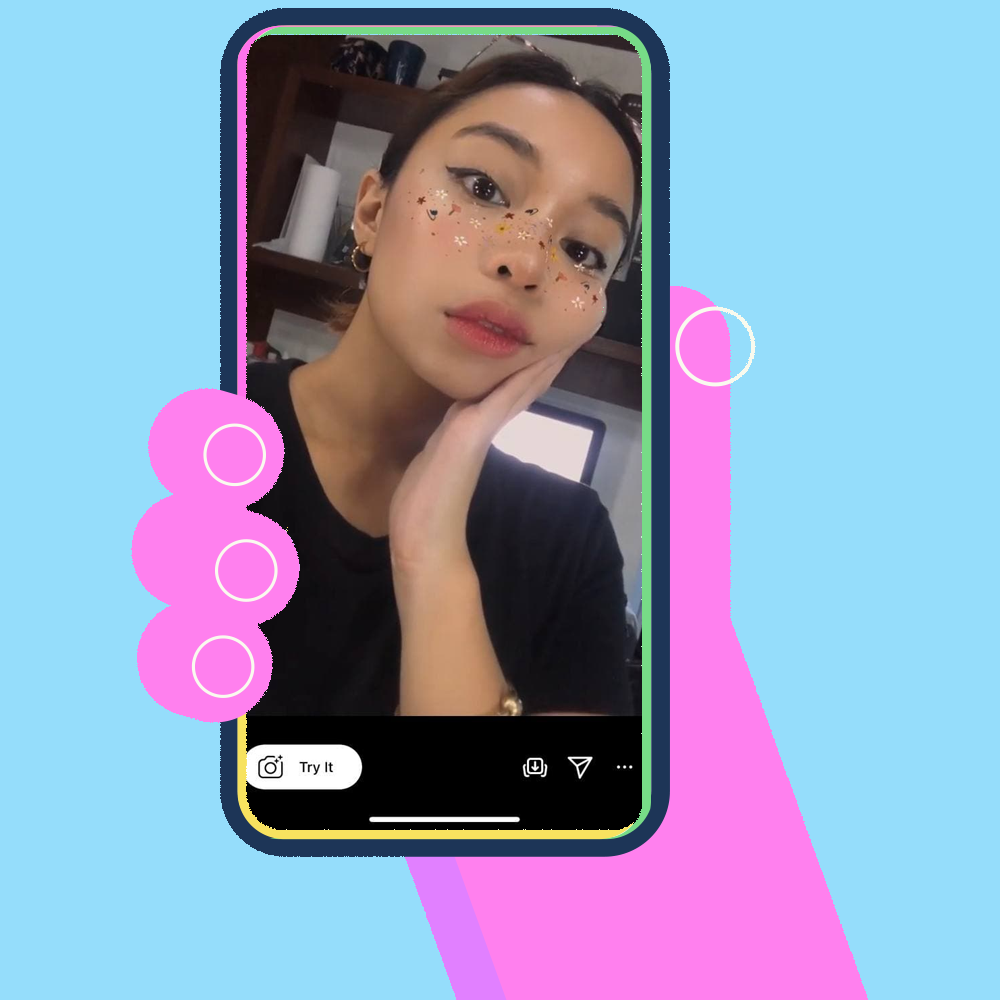


Why are teens drawn to use social media filters?
Phones have become the new mirrors. We no longer reach into purses to pull out a compact to check our faces or touch up some make-up. We now go straight for the selfie camera on our phones. But selfies have become more than just a convenient mirror in our pockets. They’ve become a figurative mirror that teens use as a representation of who they are, both externally and internally, attaching their identity to the frozen image of themselves on a screen.
Teens are at the stage in their development where they’re searching for their place in society, trying on different identities to see which one fits best and which one gets the best response. Taking and posting selfies online has become the new way for teens to share their identity with the world and measure the response they get from their peers.
Thus, teens are drawn to selfies with the hopes of gaining reassurance of who they are in the form of positive attention from others. This is where filters come in. Like trying on different identities, teens try on different filters to see which ones receive the best response.
Here’s an example:
Let’s say a young teen posts an unfiltered selfie on her Instagram story and doesn’t get the enthusiastic response of likes and DMs from her peers that she was hoping for. She swipes right to the story feature and starts curiously scrolling through the wide range of filters. She stops on one that softens her pores, hides her acne, flushes her cheeks and lips, and slightly enlarges her eyes with a touch of mascara. Now, it looks so real, and she looks almost like the famous models she follows on Instagram. So she posts the new selfie. Suddenly, her Instagram blows up with likes, heart emojis, and comments like “hot,” and “gorgeous,” from girls and boys alike. Her heart flutters from the attention, instantly deleting the old one, and staring at the new version of herself with a proud smile.
This is a simplified story of the spark that ignites teens’ drive towards using filters. When their self-esteem is low and they need a bit of reassurance, they learn that they get the best response and the most attention from altering their appearance to match society’s standards of beauty. And beauty filters conveniently give them the power to do it.
So while AR is just a nickname these filters have picked up, there’s a bit more truth in it than you may think. It’s not just the reality of the screen these filters are augmenting, but the reality for the teens outside the screen as well.
What do filters mean to the teens of today?
You might be wondering, “Editing photos isn’t anything new. The media has been altering bodies with photoshop to match unrealistic beauty standards for decades. What makes this so different?”
Well, thanks to social media filters, we no longer only compare ourselves to a doctored image of a stranger in a magazine but to doctored images of ourselves. Teens look at these filtered images of themselves and see a superior version, reinforced by the approval of their peers and society.
So in an effort to find their identities and get closer to their real selves, social media filters have the completely opposite effect — teens dissociate from their identities by idealizing a version of themselves that isn’t real.
The big question to ask here in terms of beauty filters is:
Who is setting these ideal beauty standards?
Well, the honest truth is that beauty standards have always been modelled after the white, western, and eurocentric aesthetic. And this is no different for the parameters of the beauty filters. While you may think that the AI used to define these filters is objective and unbiased, it’s simply not true. The biases and preferences of the people who programmed them are inevitably going to creep in, including racism, sexism, and implicit biases.
So what does this mean for diversity? It means that most filters automatically lighten the skin, eyes, and hair, distorting their facial features into something foreign. It means that teenagers that don’t match this narrow, hegemonic idea of beauty are subconsciously told they’re not beautiful based purely on their ethnicity.
Additionally, the ways in which these filters distort the face, positioning it into the ‘golden ratio,’ enlarging the eyes, shrinking the nose, and removing every blemish and freckle, are physically impossible. It sets a standard so high that no one can reach it no matter how hard they try, and some die trying.
61% of teens say that using beauty filters make them feel worse about their appearance in real life, stating that there’s a correlation between these filter and power body image. So it’s clear that social media beauty filters not only tell teenagers that they aren’t beautiful enough, but they also give them a biased, unrealistic, and impossible version of themselves — a constant comparison and reminder that they aren’t enough the way that they are.
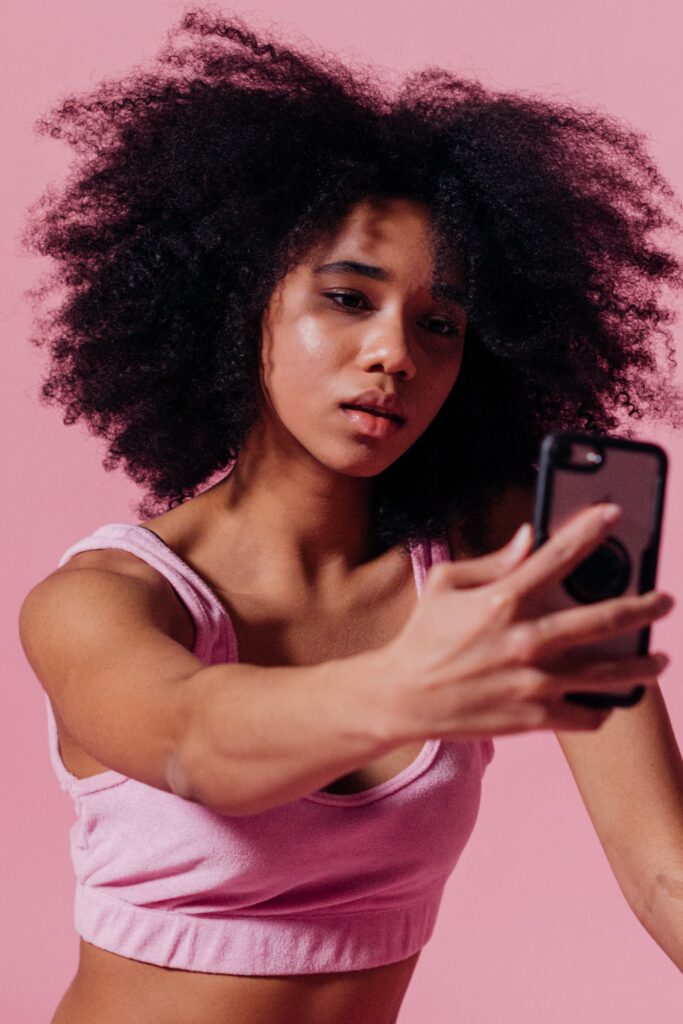
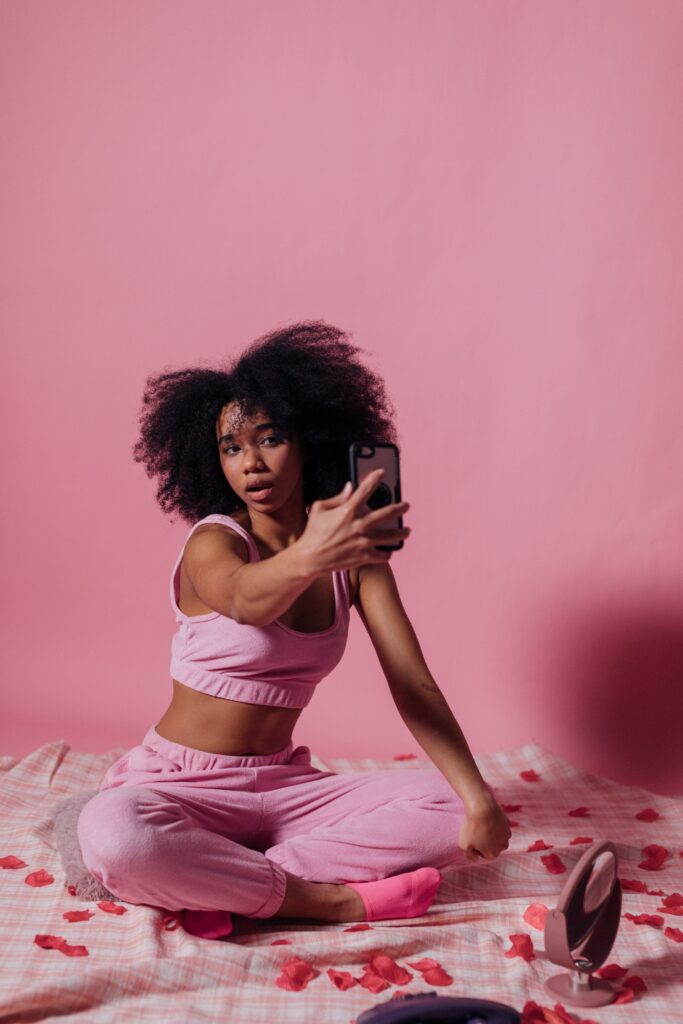

The impact on teens’ mental health
Mix the teenage desire for public approval of their appearance with insanely real ‘beauty’ filters that turn your face into the golden ratio, and you get the perfect storm for body image issues and body dysmorphia to brew.
Body dysmorphia disorder (n.): characterized by the constant worrying about one’s physical appearance, often fixating on physical flaws or perceived defects.
These social media filters not only distort the image on the screen but the teenager’s body image of themselves. They notice how different they are from the filtered version of themselves and start to fixate on those differences, perceiving themselves as inferior.
So when teens look in the mirror, or their selfie cameras, they no longer see what they are but rather what they are not. Teens become susceptible to body dysmorphia and other body image issues. This pushes teens towards trying to change their real appearance to match the one on the screen, leading to unhealthy ‘beauty hacks,’ dieting, and even cosmetic surgery.
Are all filters that bad?
Filters come in all shapes and sizes, and maybe not all of them have to be a concern for your teens’ mental health. In fact, most filters out there don’t care about making you look beautiful, they aim to make you look silly, funny, and ridiculous in the best way. These reignite that innocent fun and creativity that filters were originally designed for.
Some examples of creative filters include baby filters, beard filters, gender swaps, character-based filters, and an infinite amount more. There’s even a filter that distorts your facial features to make them look unappealing, shrinking your eyes and changing your proportions so that when you turn the filter off, you feel better about your actual appearance.
Just take a look at TikTok — many TikTok trends, aimed to earn some laughs from viewers, are centred around bizarre and goofy filters paired with some really clever jokes.
These filters often encourage teens to stop seeing their selfies as a reflection of their identity, as the filters are often so ridiculous, it’s impossible to connect the selfies to themselves in any meaningful way. It helps them take themselves less seriously and be okay with looking silly.
With the advanced technology and AI of today, you can pretty much do anything you want with filters, giving teens unlimited creative power that shouldn’t be tainted by the negative effects of beauty filters.
So what’s the final verdict on social media filters?
Social media filters — on or off?
Social media filters cover a wide range of editing effects, making it difficult to put them all in one box. Most filters can be used as a form of creative expression and for fits of laughter between friend groups, encouraging teens to not take themselves and their external appearance too seriously.
However, we can’t say the same for beauty filters. Beauty filters aren’t inherently bad; it’s all in the intention with which they’re used. However, most of the time, they attract vulnerable teens looking to bolster their self-esteem with a filtered facade, damaging their mental health by making them susceptible to body image issues and body dysmorphia. So it’s best to make sure these filters stay turned off.
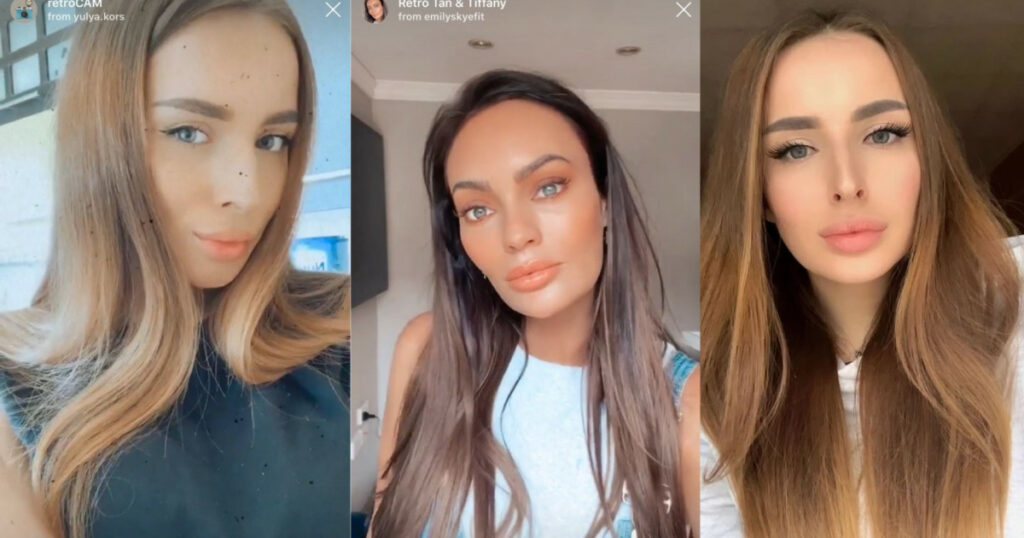
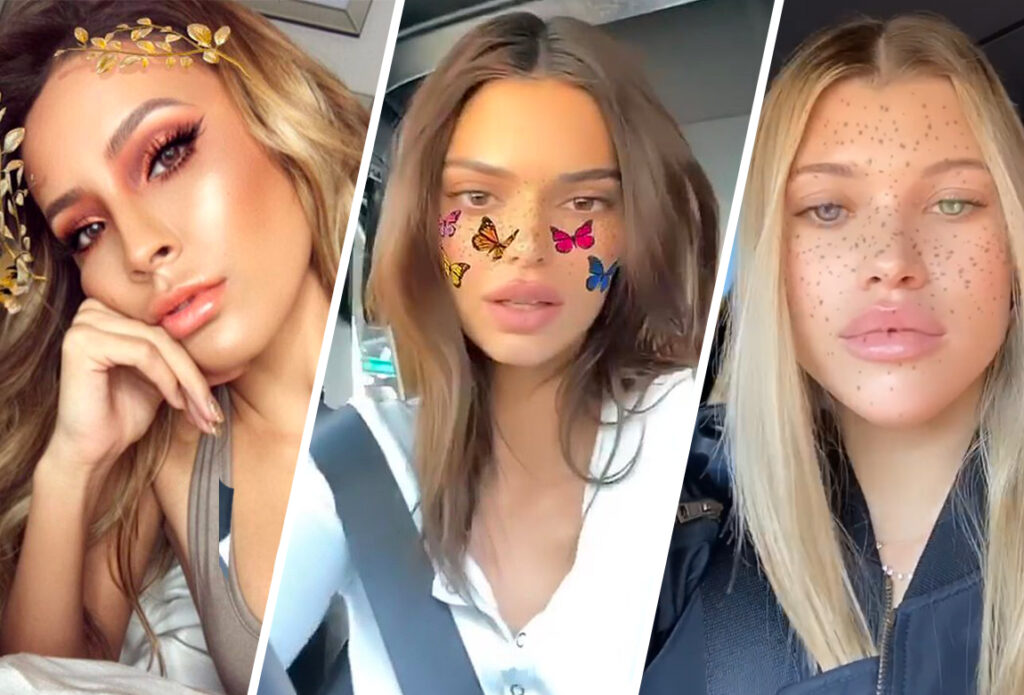
What we can do moving forward
Knowing the harm these beauty filters can cause, it’s our responsibility as parents, teachers, and guardians to take the power out of the beauty filters and put it back into the hands of our children.
You can do this by:
- Being aware of the filters teens are using and why.
- Talking to them about the effects of the filters, the importance of establishing their identity separate from selfies, and the reality and relativity of ideal beauty standards.
- Encouraging your children, as well as influencers, to go unfiltered, highlighting the beauty of authenticity.
- Looking out for the signs of a struggling mental health and body image, ready to give them all the help if needed.
- Showing your children how to be active consumers by telling the social media platforms what they need to do to help minimize the negative effects of their filters.
If we teach our children how to use filters responsibly, filters can once again be those fun and harmless effects that compel teens to spend hours laughing at their faces wave up and down the screen. So let’s turn off our filters and sit down with our children to have those unfiltered, authentic, and crucial conversations to help our children be safer and excel online.
Click here to find out more about how to learn more about the digital world and how to empower your children online.
[Written by Havana Dauncey]

